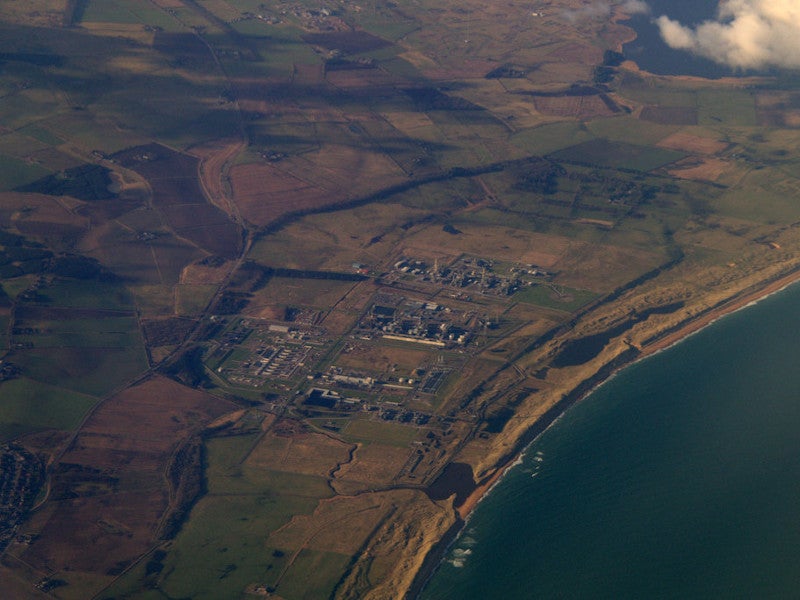Bruce, Keith and Rhum are the three producing oil and gas fields in the greater Bruce area in the Northern North Sea, Scotland, UK.
Serica Energy, a British oil and gas company, operates the offshore field complex with 98%, 100% and 50% interests in Bruce, Keith and Rhum, respectively. BP and Total hold 1% interest each in the Bruce field, whereas Iranian Oil Company (IOC UK) owns 50% interest in the Rhum field.
The Bruce complex was previously operated by BP. Serica became the field’s operator by acquiring BP’s 36%, 34.83% and 50% interests in Bruce, Keith and Rhum respectively in November 2018. It also acquired an additional 62% and 65.17% interests in the Bruce and Keith fields respectively from Total, BHP, and Marubeni in the same year.
Bruce, together with its satellite fields Keith and Rhum, has the capacity to produce up to 70,000 barrels of oil and 440 million cubic feet (Mcf) of gas a day. Serica is undertaking well intervention and optimising the utilisation of existing facilities to extend the field’s productive life beyond 2030.
Bruce, Keith and Rhum fields location
The Bruce offshore gas field is located in blocks 9/9a, 9/8a and 9/9b in the UK Sector of the Northern North Sea, 340km north-east of Aberdeen, Scotland.
The Keith oil field lies in block 9/8a, 6.4km south-west of Bruce, whereas the Rhum gas field is situated in block 3/29a, 44km north of the Bruce platform.
Oil and gas reserves
The Bruce, Keith and Rhum fields were estimated to contain 50.9 million barrels of oil equivalent (Mboe) in proved and probable (2P) reserves as of January 2021, with gas constituting more than 80% of the estimated reserves.
Bruce, Keith and Rhum development details
Bruce oil and gas field was discovered in 1974 and came on stream in 1993, with Keith tied back to Bruce in 2000.
The high-pressure and temperature (HPHT) Rhum field commenced production with a tie-back to Bruce in 2005.
Bruce has 21 producing wells, whereas Keith produces through a single subsea well. The Rhum gas field has three producing wells, namely R1, R2 and R3.
The R3 well, however, had been suspended due to operational issues caused by hydrate formation during the well completion in 2006. Serica worked over the well to bring it back to production in August 2021.
Infrastructure at Bruce complex
The Bruce complex comprises three bridge-linked platforms, including a production, utilities and quarters platform, a drilling platform, and a gas reception and compression platform.
Gas is exported through the Frigg pipeline system to the St Fergus gas terminal in Scotland, whereas oil and condensates are exported through the Forties pipeline system to Grangemouth in Scotland, via the Unity platform operated by Ineos in block 21/9 of the North Sea.
The Bruce platform has two low-pressure, two medium-pressure and two export compressors along with a glycol dehydration column.
The combustion turbines used on the platform include two Rolls-Royce RB211G, two Rolls-Royce RB211C, and two Solar Mars 100 gas-fired turbines.
Contractors involved
Sparrows Group was awarded a three-year contract to provide crane operations and maintenance services for the Bruce platform in February 2022.
Awilco Drilling was contracted to perform the R3 well intervention in the Rhum field using its third-generation semi-submersible drilling rig WilPhoenix in May 2020.
New prospects in the greater Bruce area
The North Eigg and South Eigg prospects located in blocks 3/24c and 3/29c adjacent to the Rhum field can be developed via subsea tie-back to the Bruce platform.
Serica Energy also has 100% working interest in licence P2506, which spans blocks 3/25b, 3/30, 4/26, and 9/5a in the greater Bruce area.





